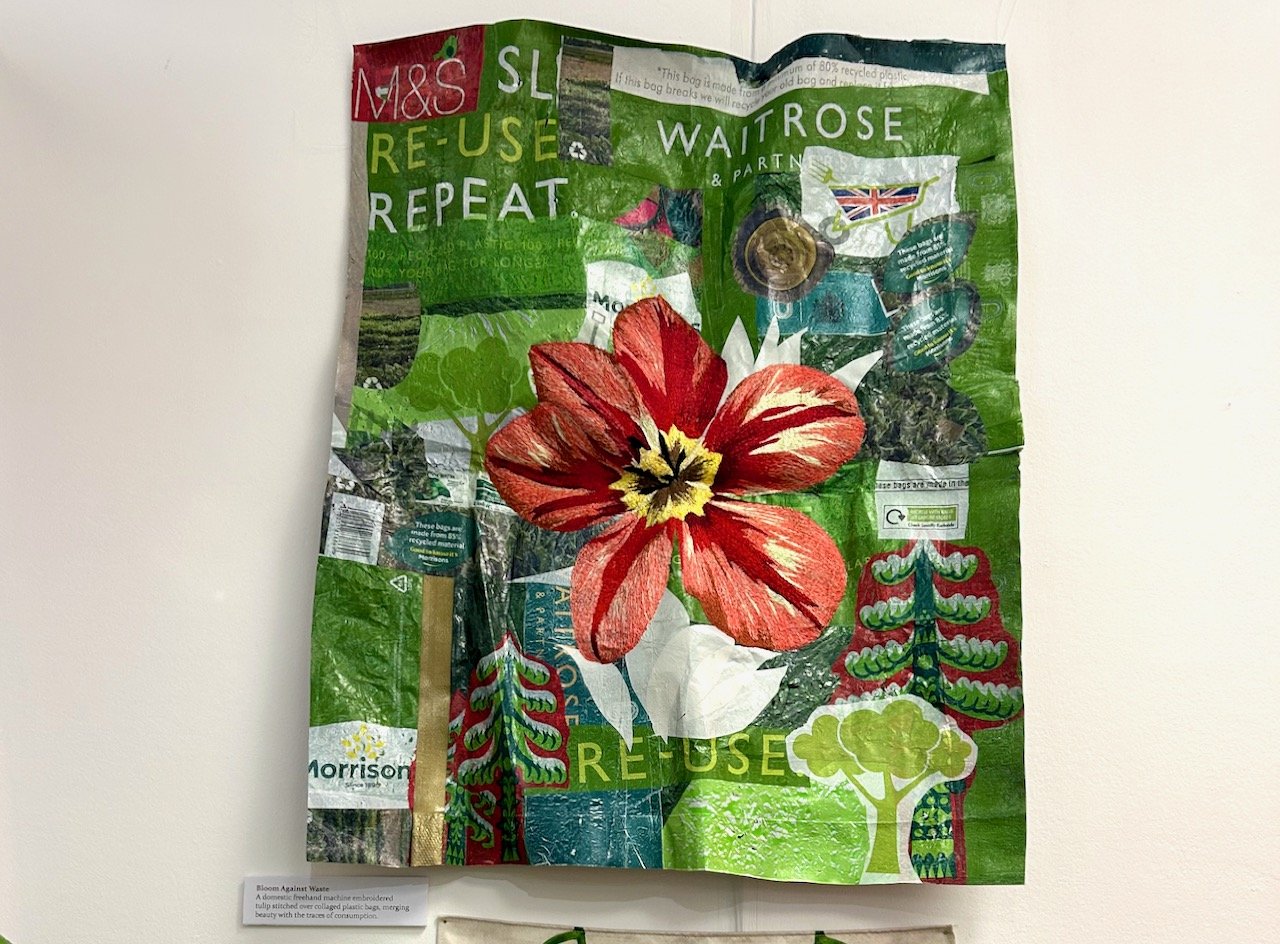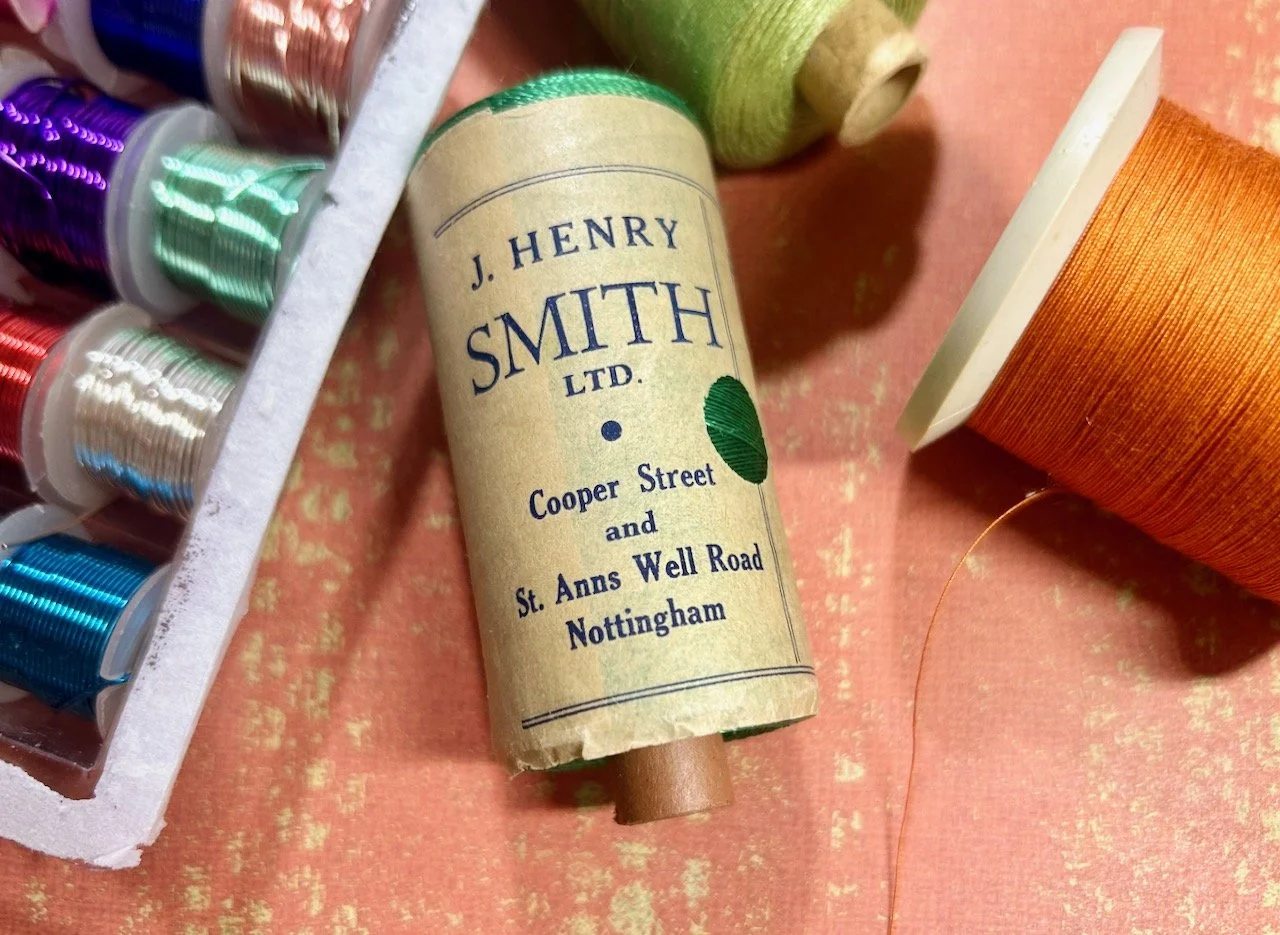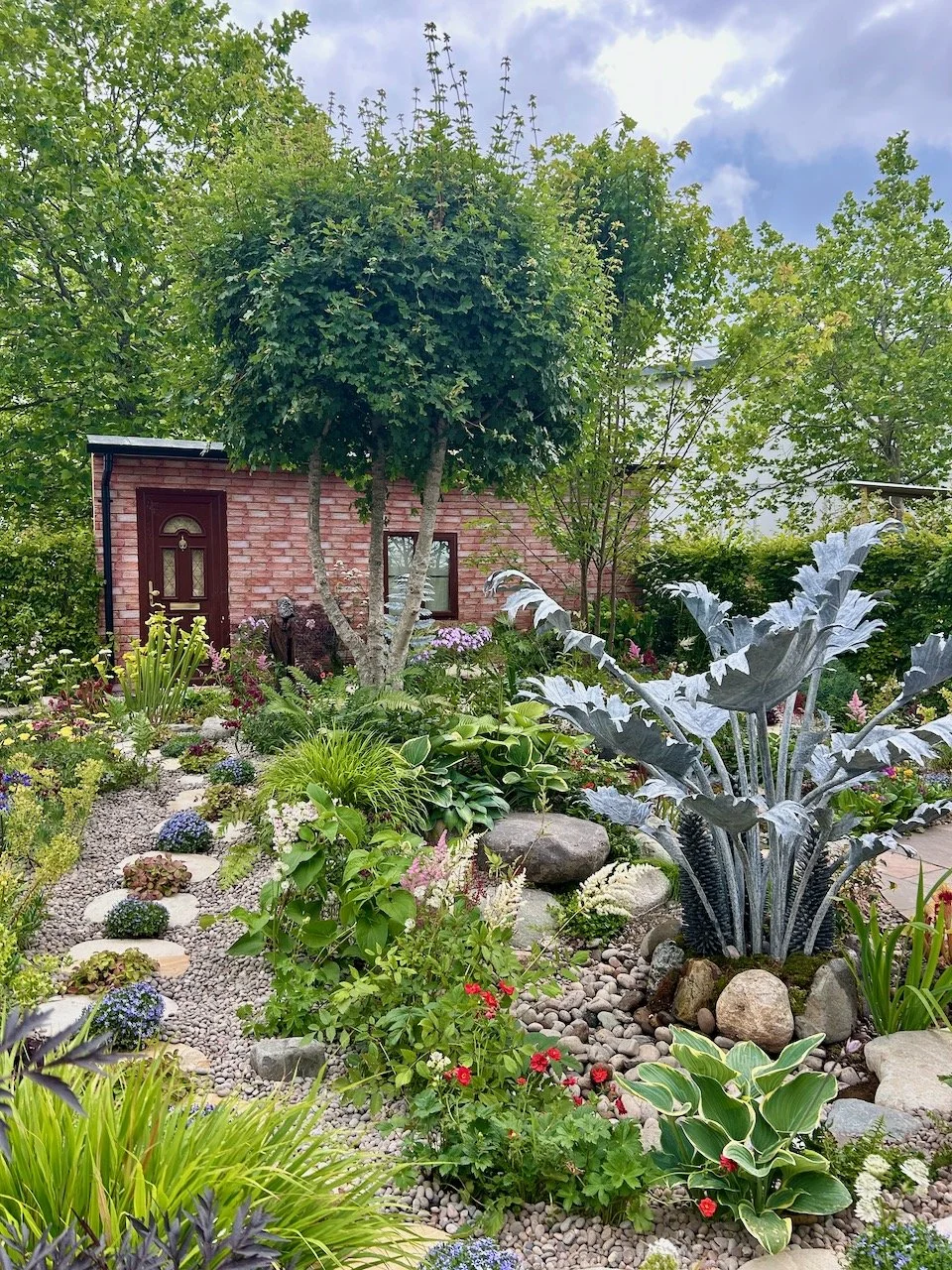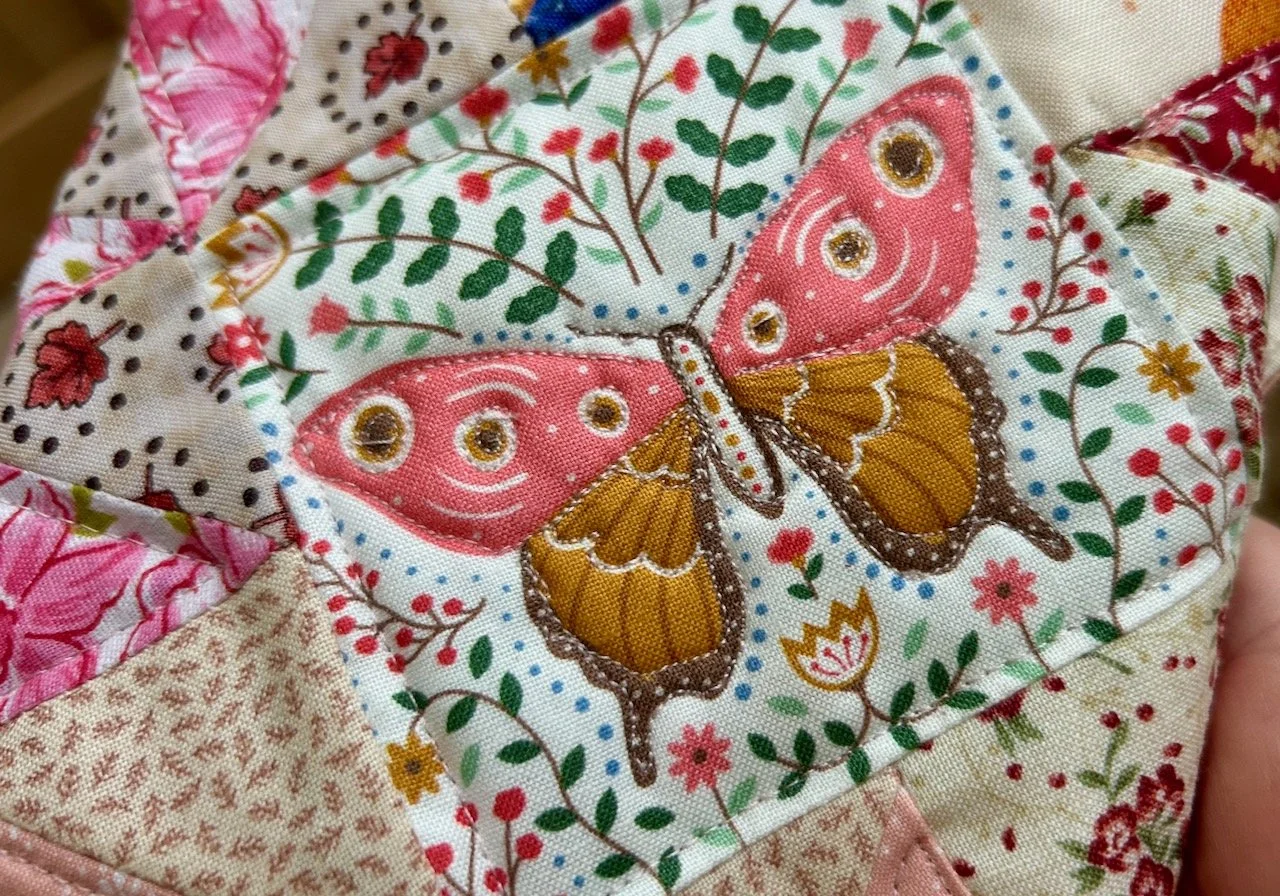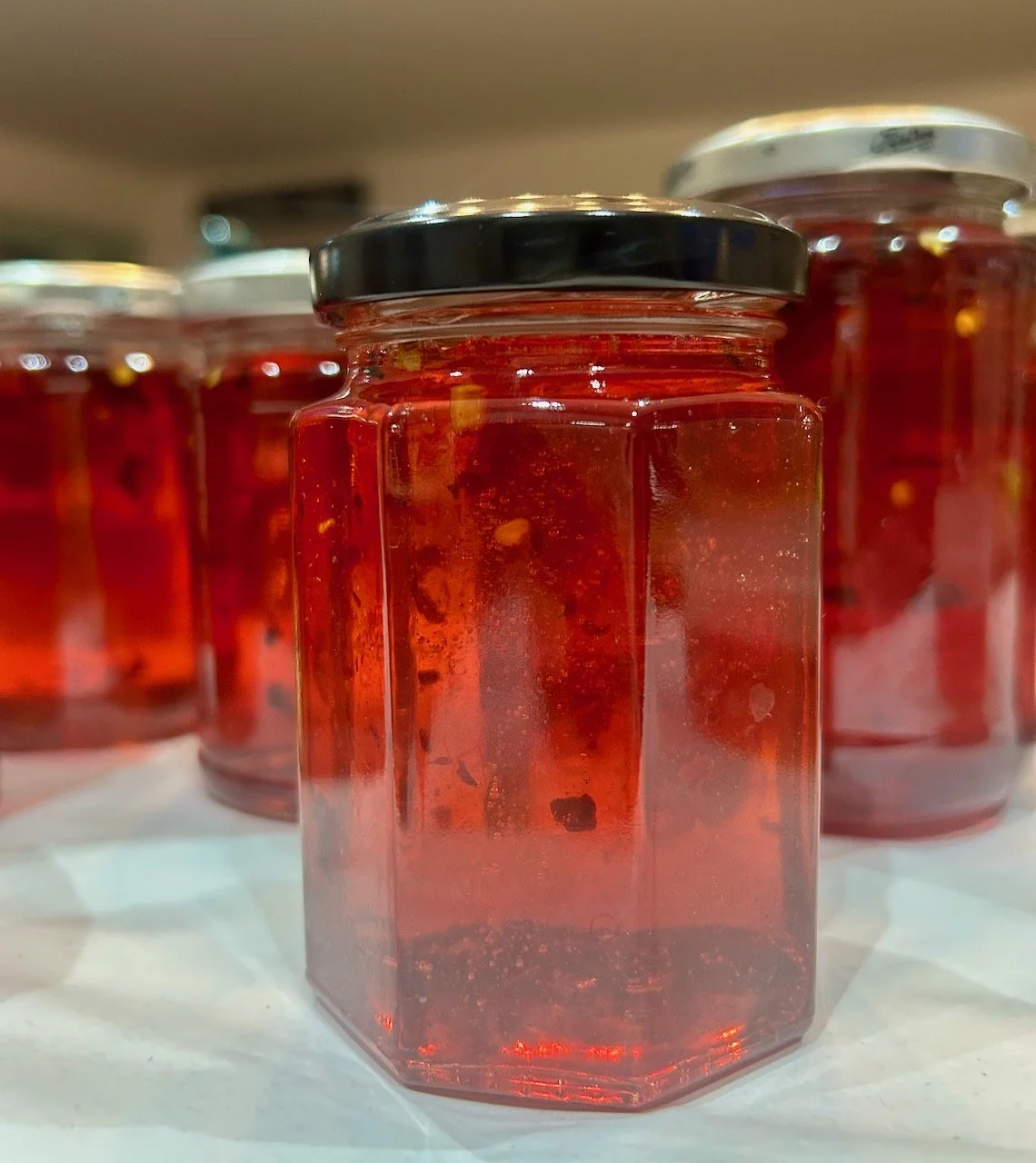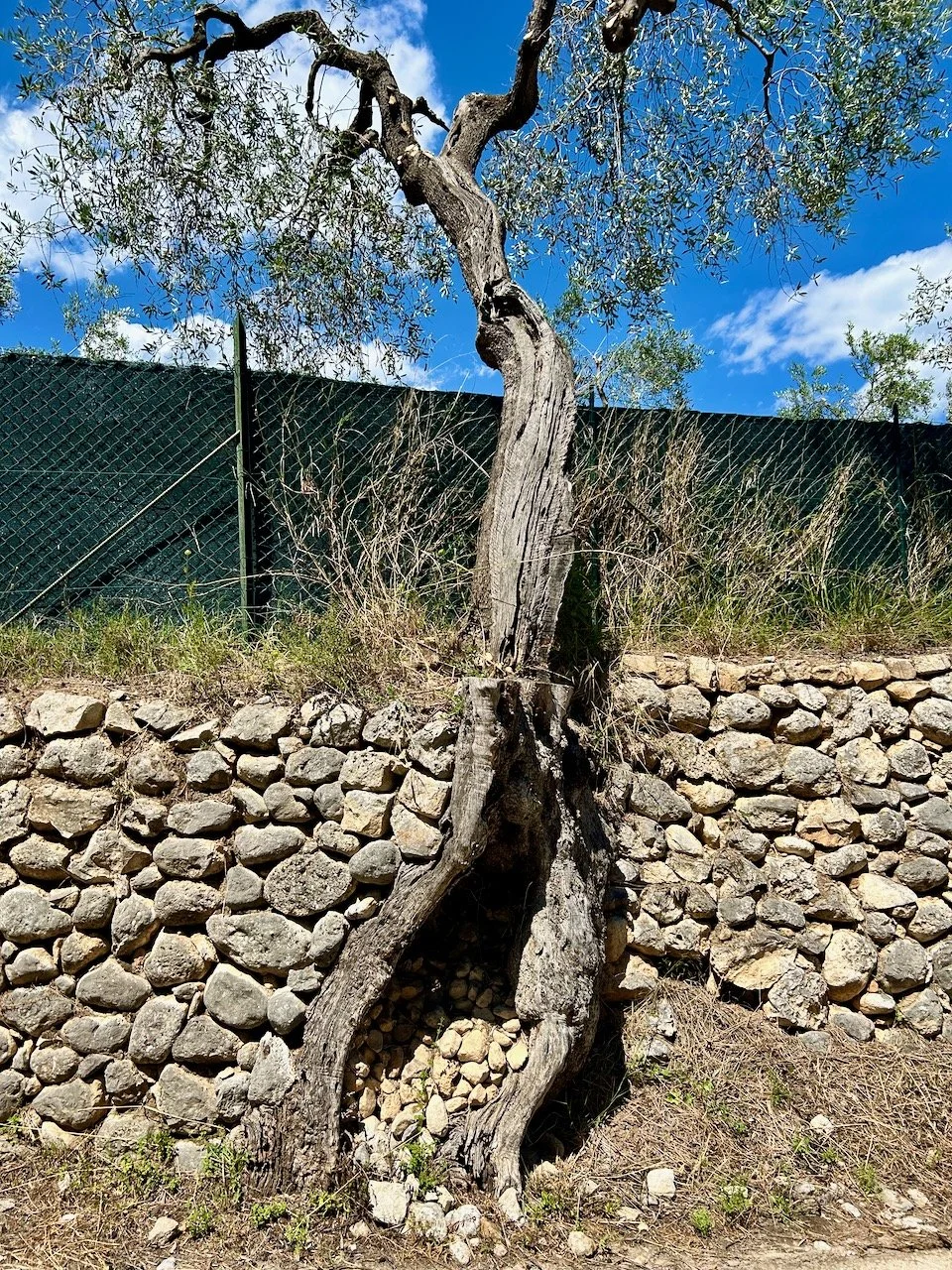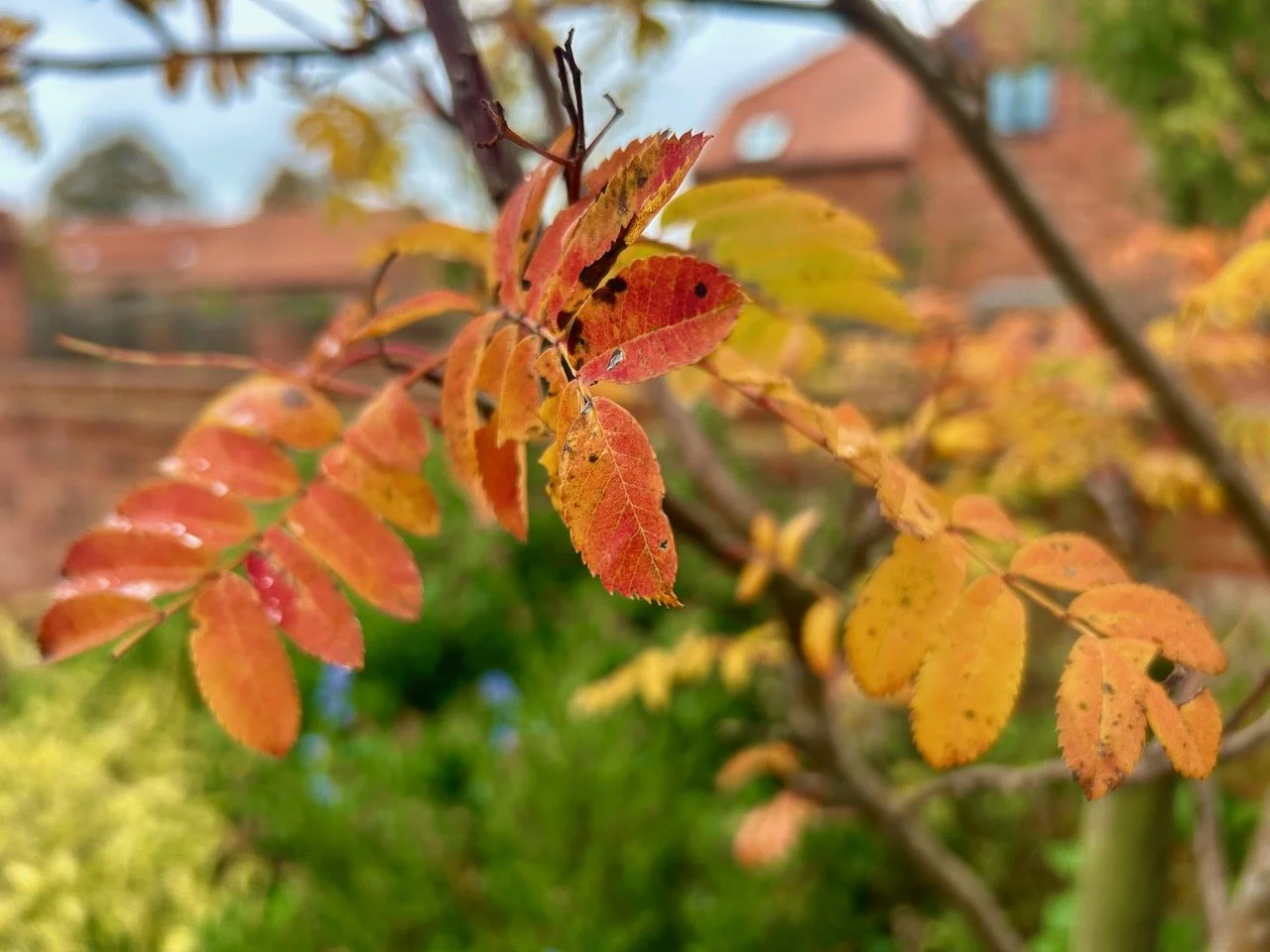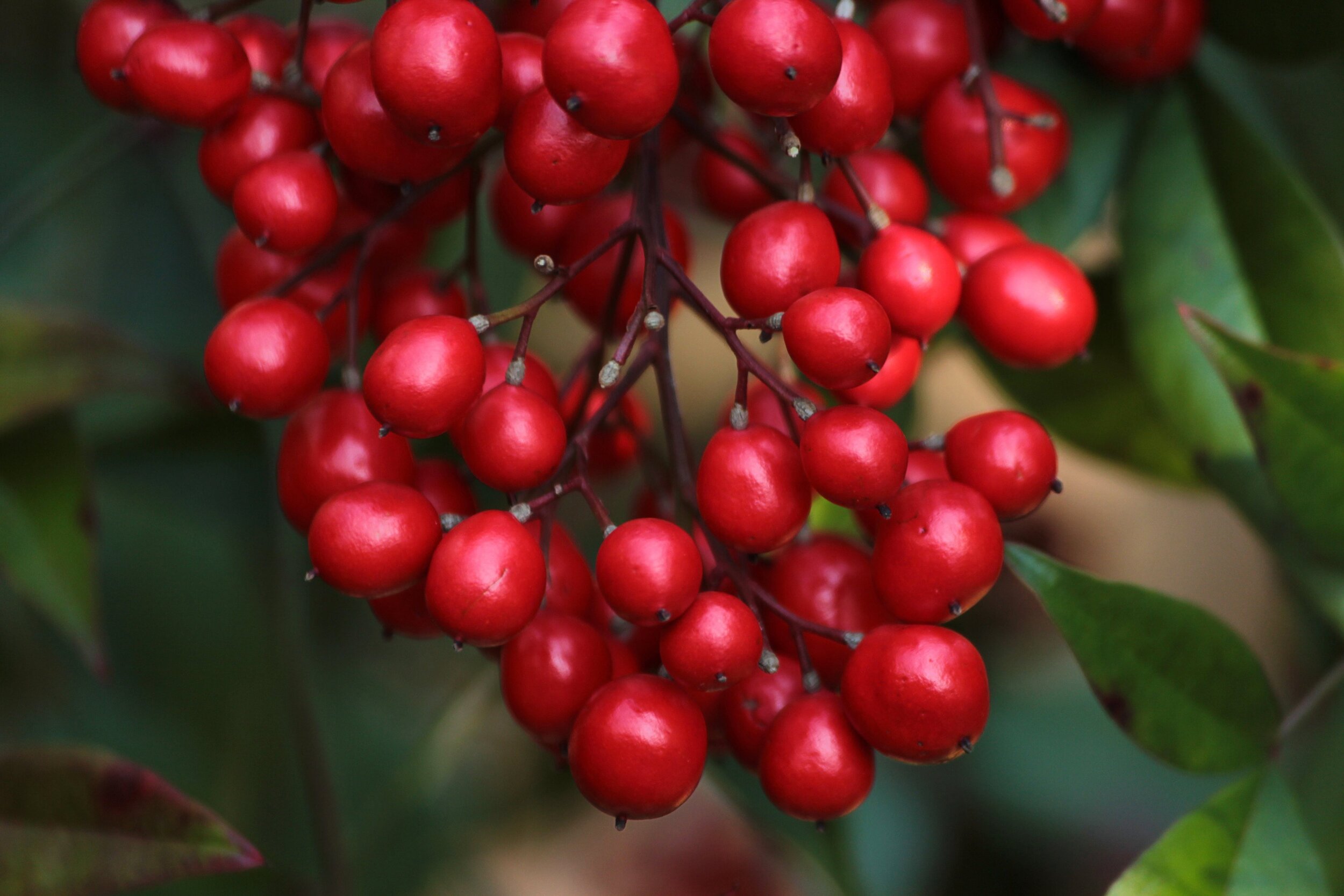This may not sound too exciting but sadly it was for me! I spotted some large bones in the butcher's window this week and on discovering they were marrowbones I was sold. Making stock is relatively easy, but it takes a while. Although I knew the basics - bones, veg, water & simmer - I thought I'd check to see what my cookbooks had to say. The first one I turned to was Meat by Hugh Fearnley-Whitingstall - I've realised that despite being a big meat lover and being lucky enough to have a fab butchers around the corner this is a cookbook that is much underused! I didn't need to look any further and found the advice I needed right here - thanks Hugh!
The question to answer first was whether or not to roast my bones. Hugh likes to have a mixture of raw and cooked bones for his stock to as he says "have the best of both worlds." He also makes it in vast quantities - and much larger than I ever could here at home. But the butcher recommended roasting them for 20-30 minutes...
A large bag of bones
In the end I decided to roast them. They filled my roasting tray and while they were just about in a single layer some of them were upright! I discovered later the advantage of roasting them - some lovely beef fat, which is now in a tub in the fridge and will be very handy for roasting potatoes and parsnips in.
Once the bones were cooled they went into the saucepan - actually I had two saucepans on the go, I really must get myself a larger pan this year, it'll make stock and chutneys so much easier to make! I added some carrots and onion quarters. I omitted the celery as I always seem to end up composting what I don't use. Some peppercorns, cloves, bay leaves and a dried red chilli also went in, along with as much boiling water as I could get in but leaving enough room for it to boil.
Once they'd reached boiling point, I was able to get the lids on and then they simmered for as long as I could leave them, which turned out to be about five hours.
I let these cool overnight and then set about removing the layer of fat from the top of the pans and then the vegetables and bones. This wasn't so easy as it had set. So each saucepan went back on the hob to warm gently to help this. I also used one of those fat separator jugs (which I wouldn't be without) and poured the now liquid stock into this through a sieve.
I ended up with a litre and a half of stock, which I've frozen in sizes I'll use in cooking. That may not sound like much for the hours involved but each of these boxes is concentrated stock, which I'll let down as I use it. So not bad really - all this for £4 and some elapsed time.
The verdict
- I really must get a bigger saucepan!
- Although this took some time to do, the smells from the roasting and while the stock were simmering were great and I felt very industrious and virtuous. The actual effort involved is very little.
- I'd make stock again, but it's not something I'd want to do every week - I'm not that patient really!
- I'm looking forward to using these over the coming months in the right recipes and it'll save me buying those pouches of stock which almost always seem to split on their way to me!

